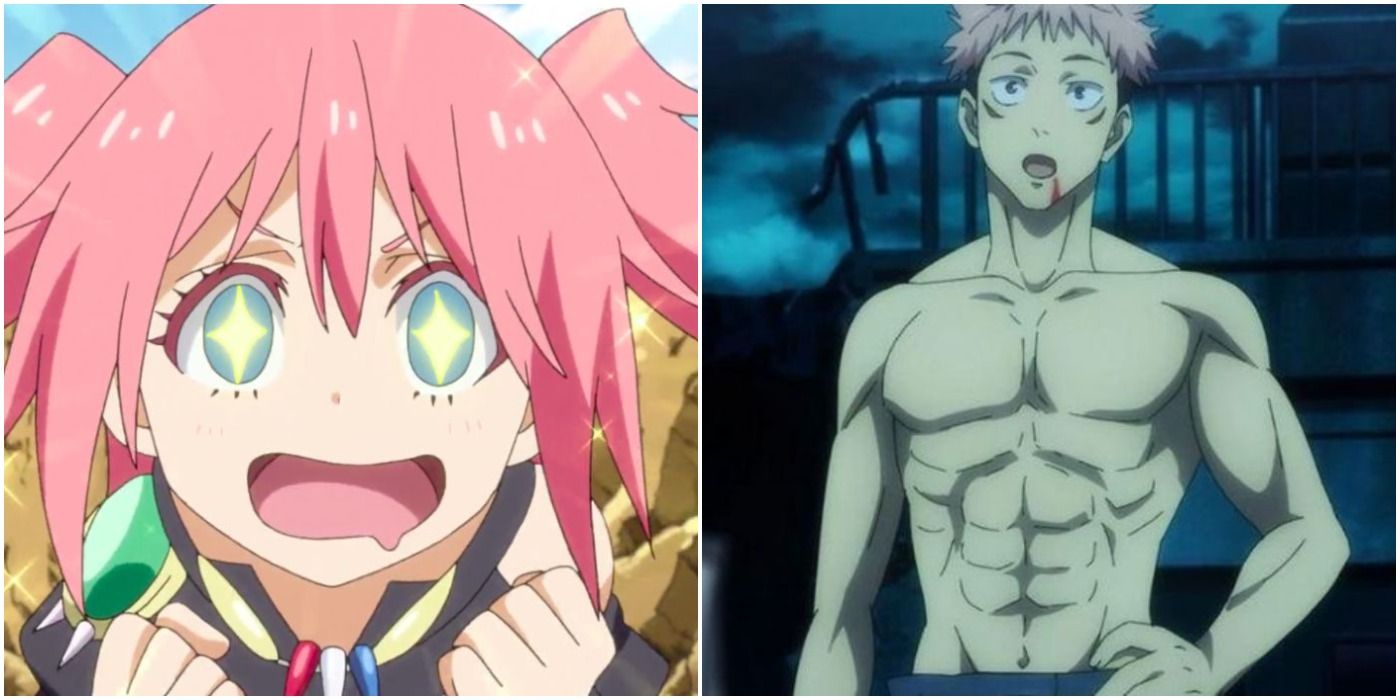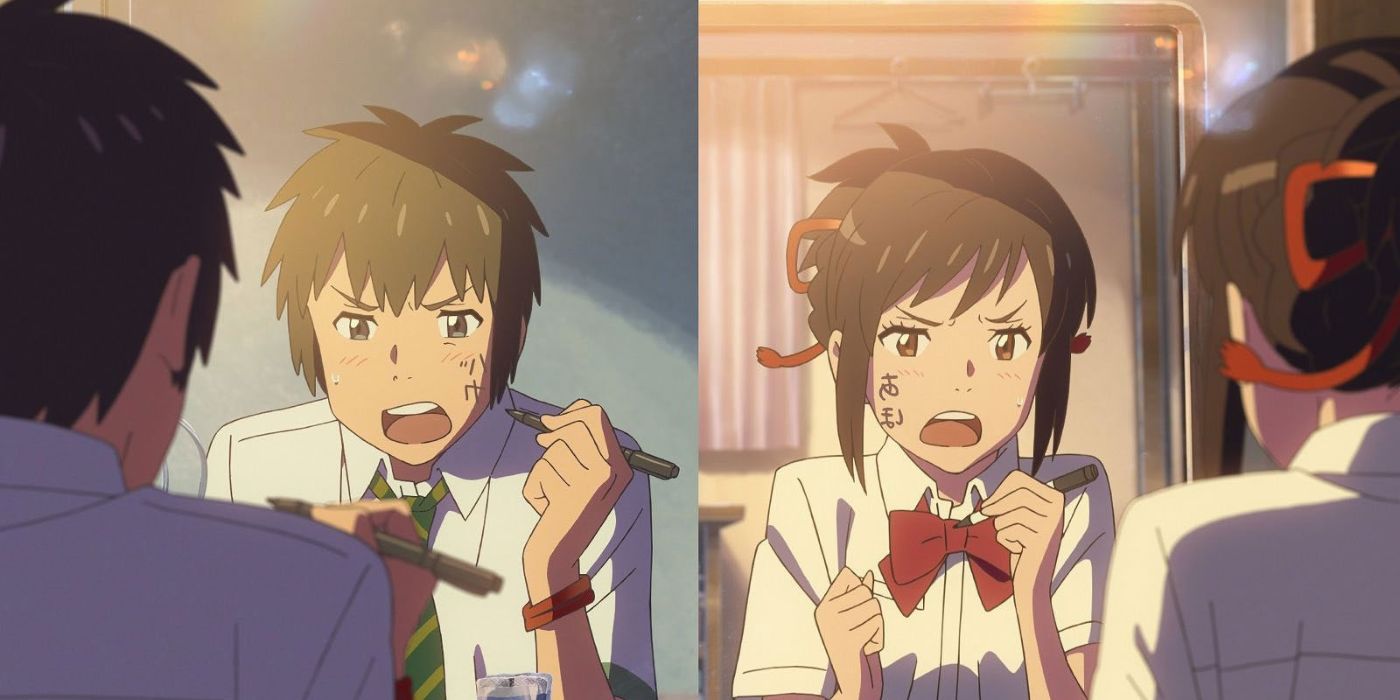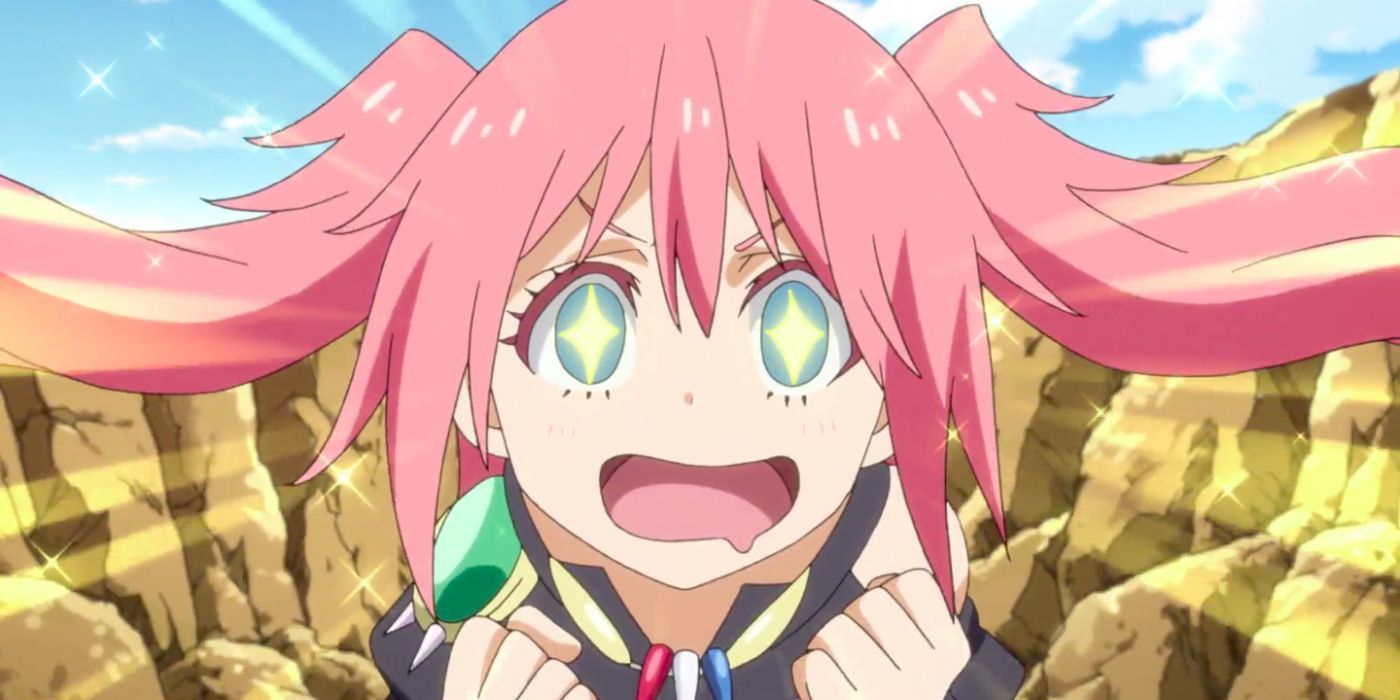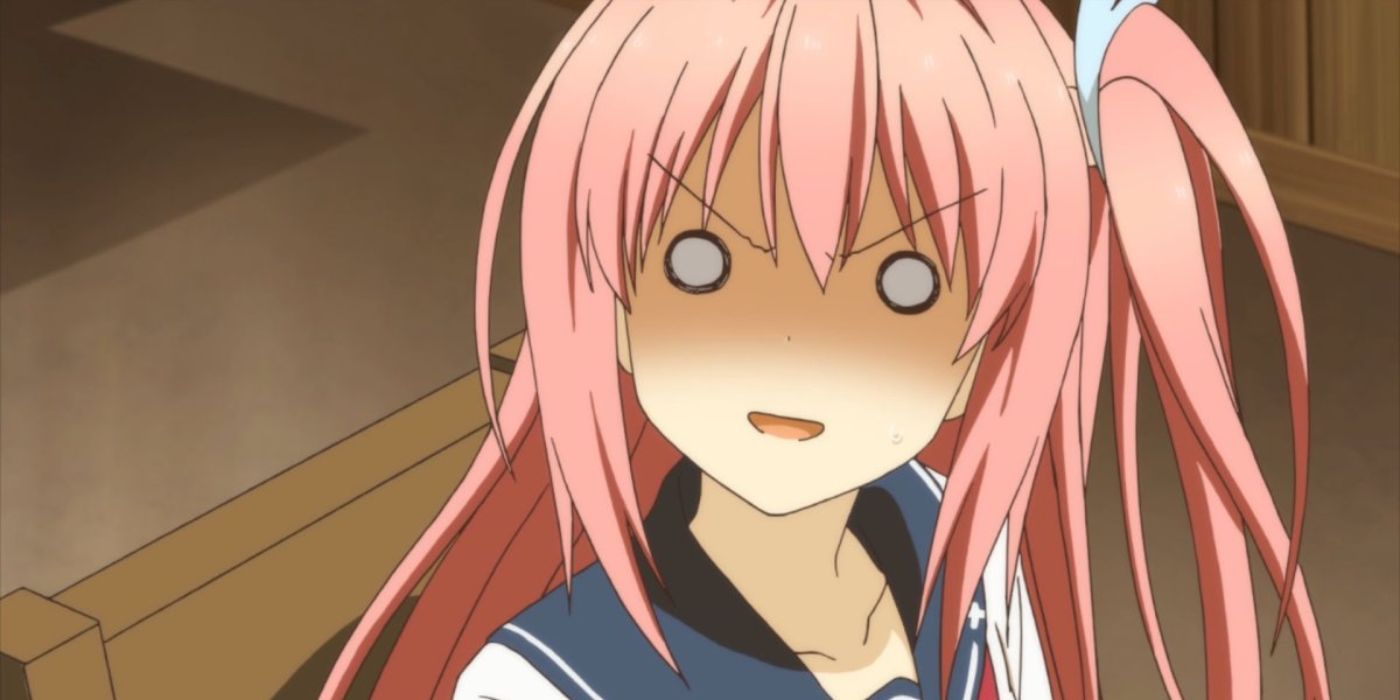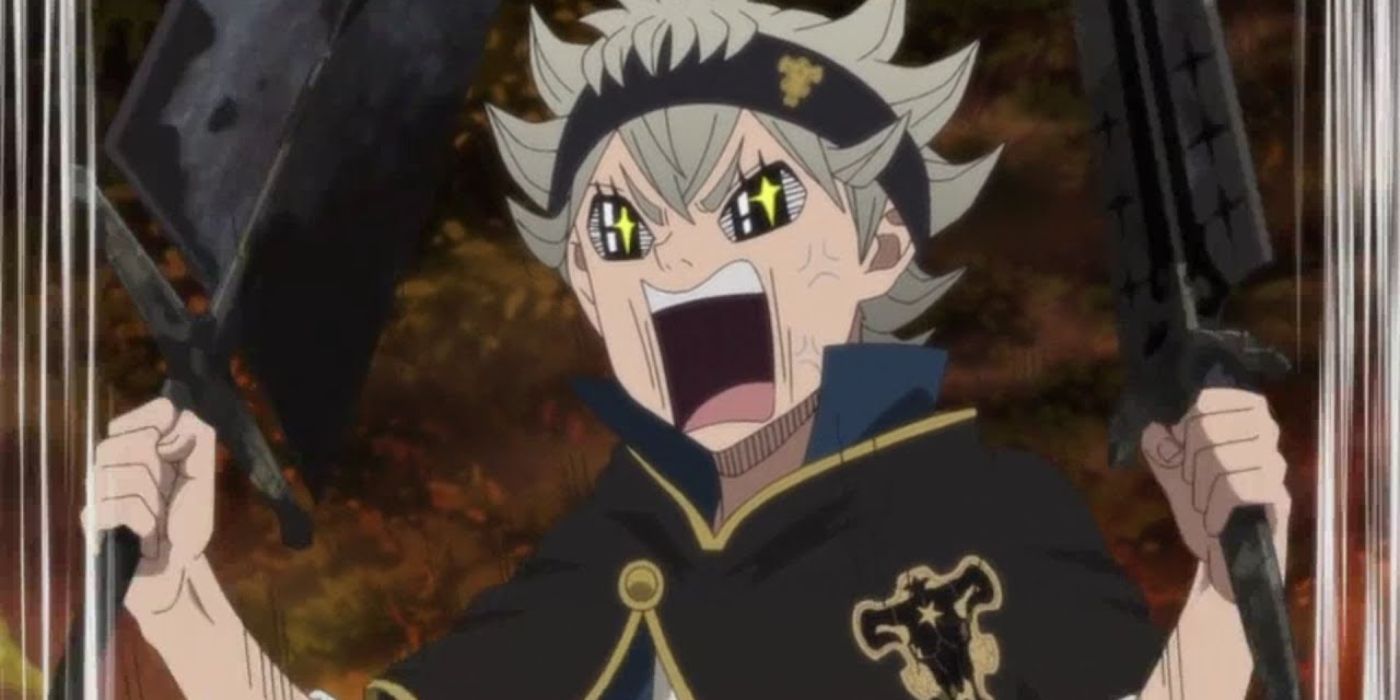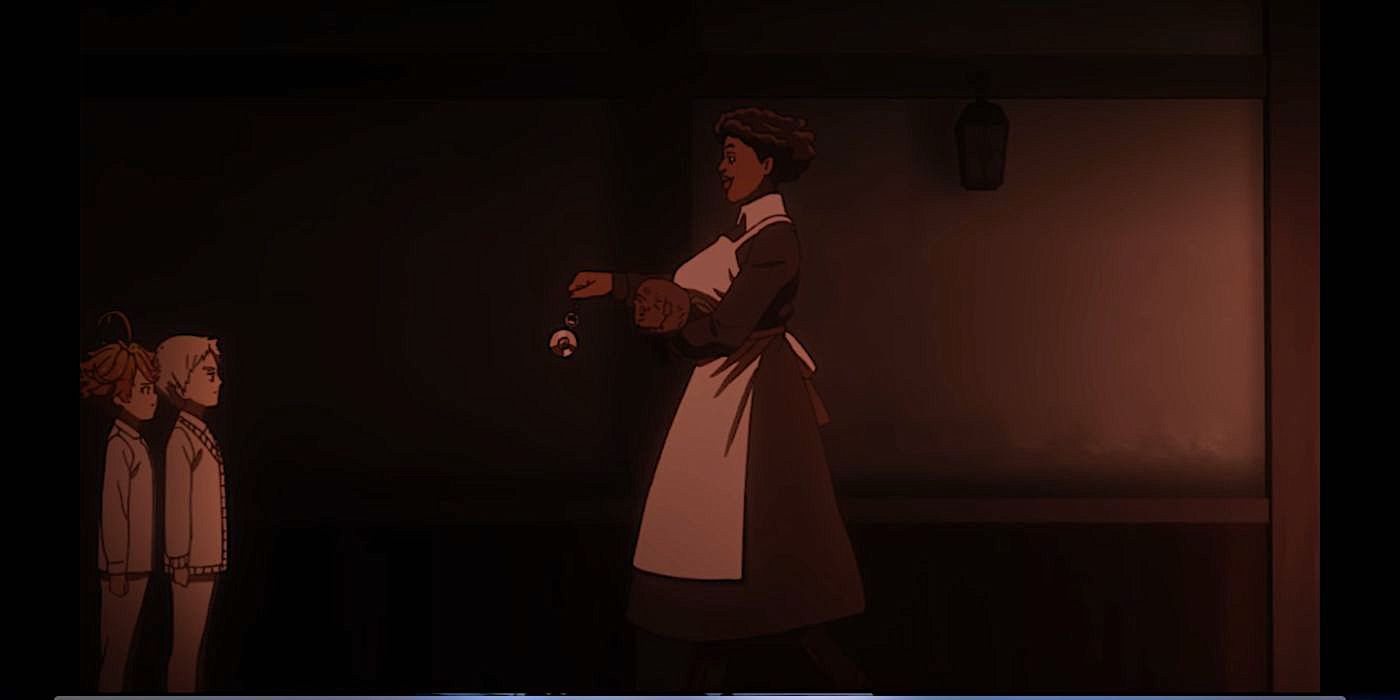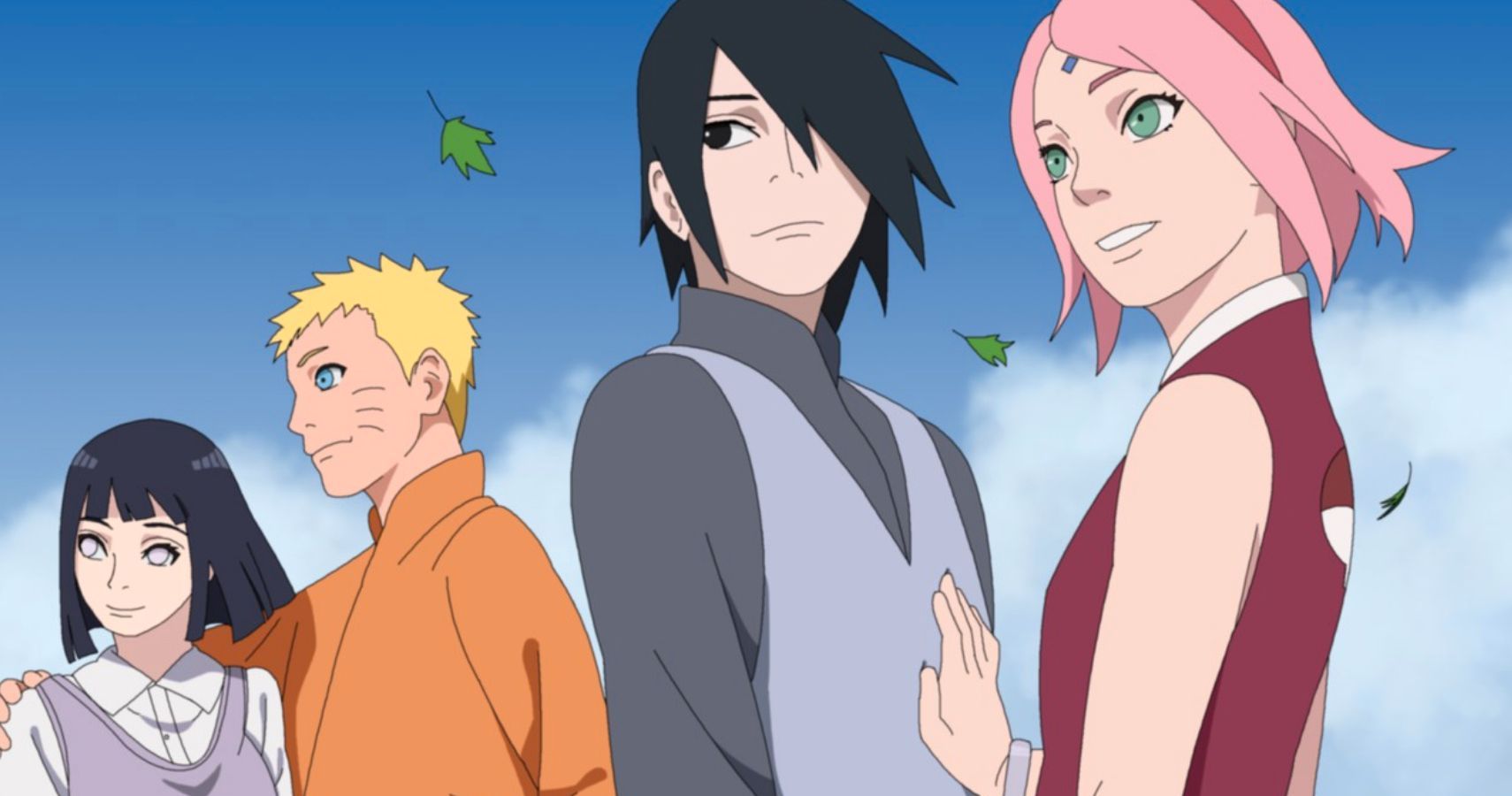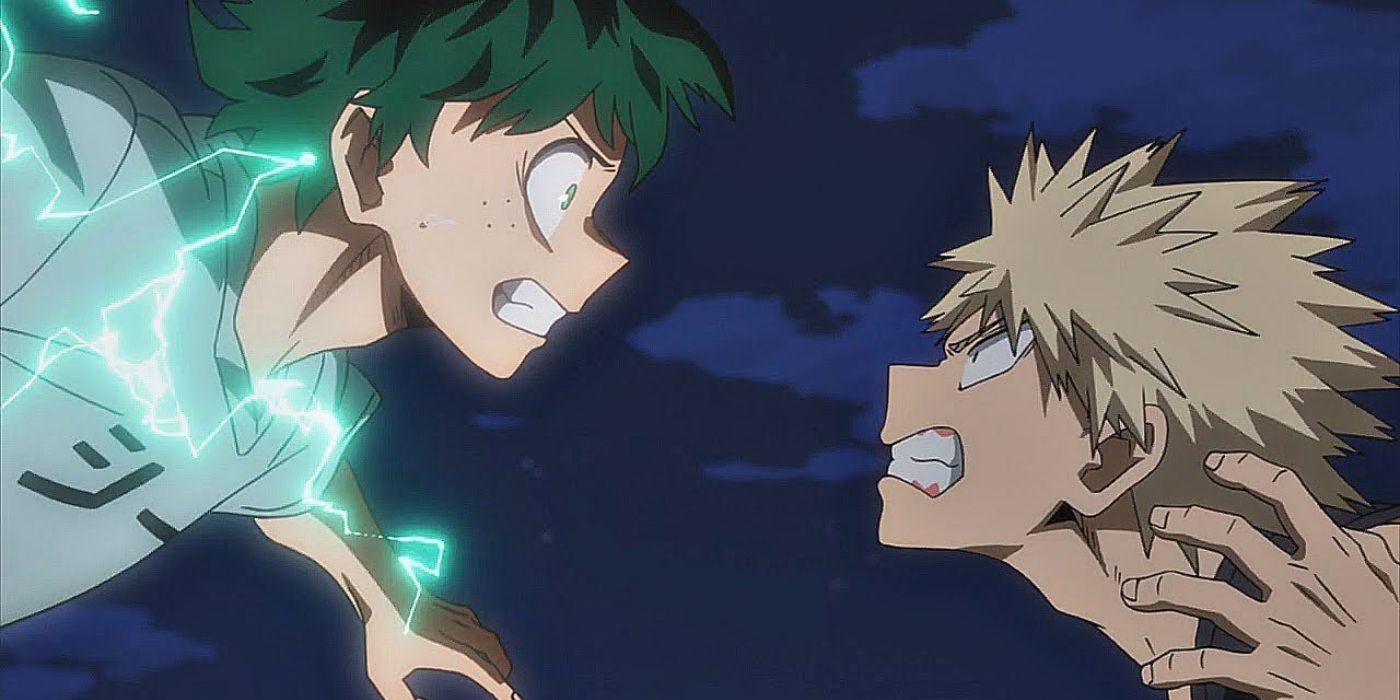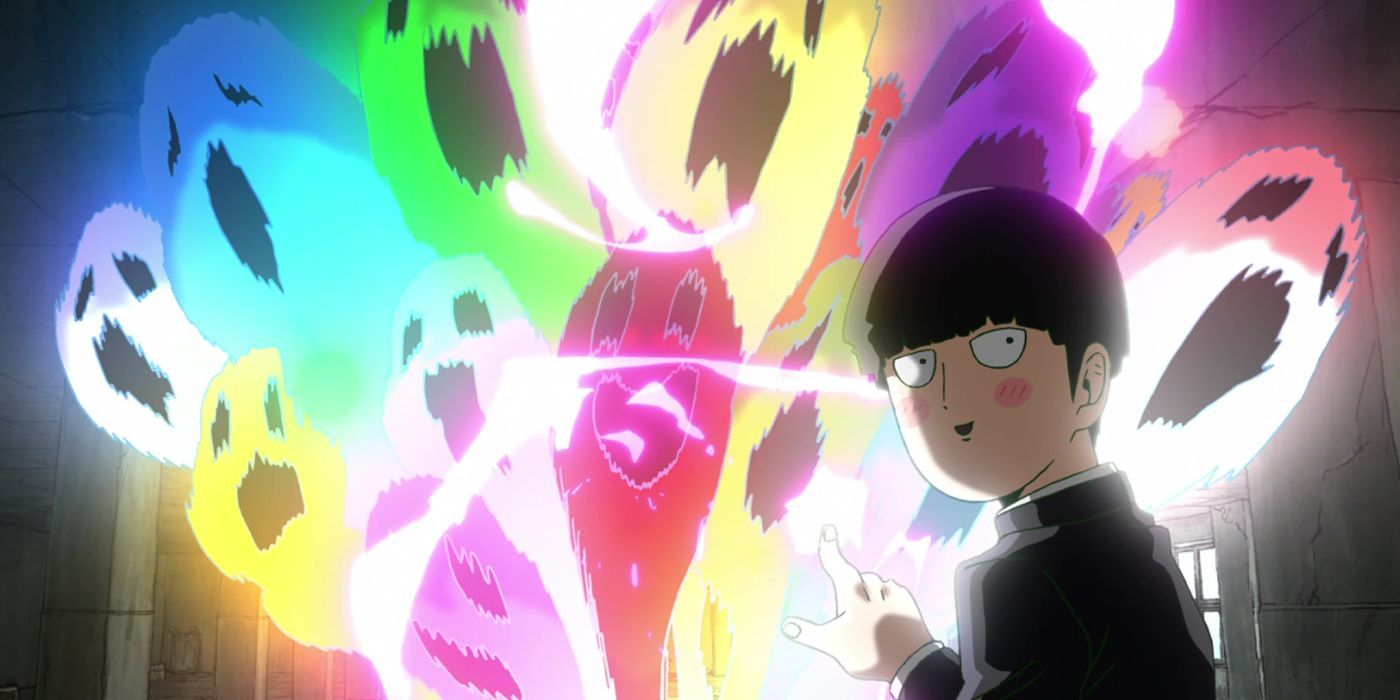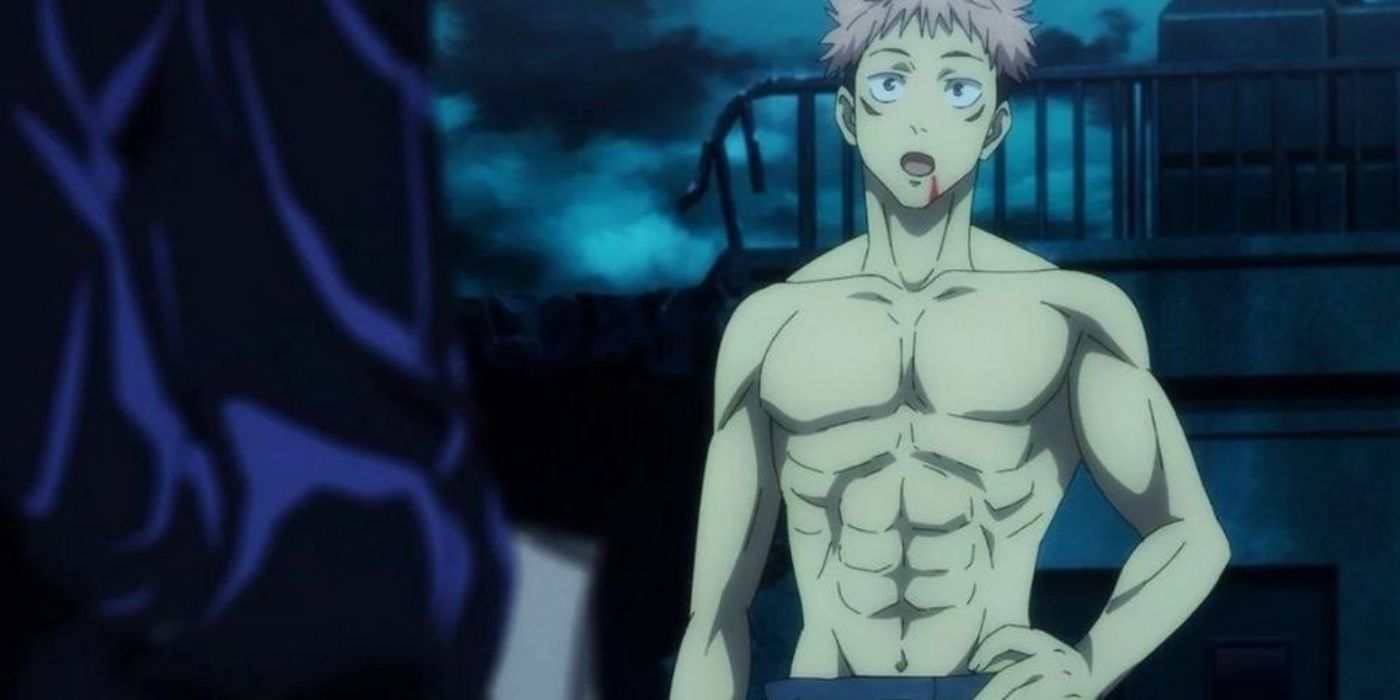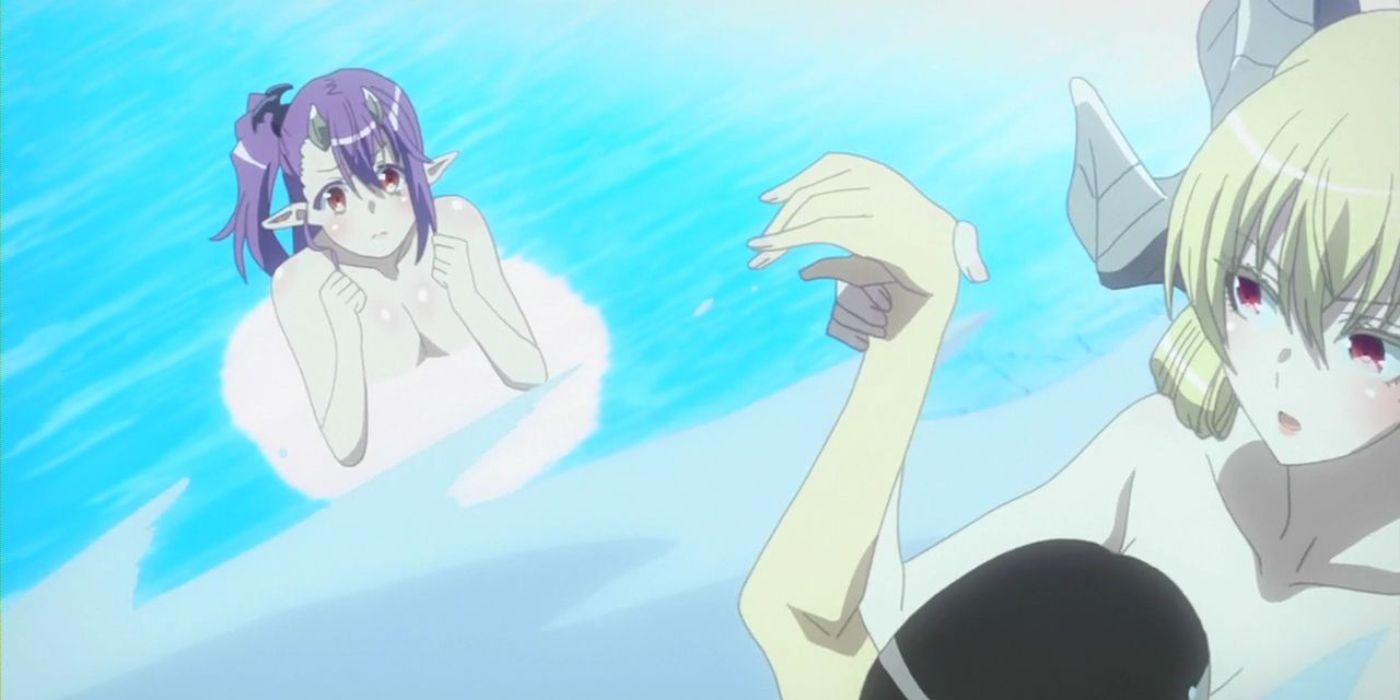The world of anime is fascinating. Battles, drama, comedy, romance, rivalries, and art all draw fans to the genre. Yet another draw is the medium's uniqueness, conventions and conceits that are rarely found in other media. Fans commonly dub this "anime logic." While no one expects fiction to be 100% realistic, anime's unusual characteristics tend to create odd realities for these fictional worlds.
Some anime tropes are so hard to fathom most viewers don't even bother trying. Some have become running jokes. The fact that anime is so unlike real life is part of what makes it fun to watch. A bit of weirdness is simply part of the anime experience, and viewers may enjoy it less if they can't suspend their disbelief. Sometimes, all audiences can do is shrug and go along with it.
10 The Passage Of Time
Some anime series love to linger on scenes that should happen in an instant.. These can feel excessive, and make a five-minute scene feel hours long. One of the best examples is fight scenes in the shonen genre; Dragonball Z, and Naruto are famous culprits. Through extended power-ups, flashbacks, and internal commentary a battle that realistically lasts 10 minutes can be stretched across 5 episodes. This occurs in the slice of life genre, too. The first several episodes of Nana are an infamous example of this problem.
At the other end of the spectrum is the time-skip. In a blink, a cast of characters can age 5 years, leaving viewers wondering what the heck happened. A training arc where a character essentially doubles their powers can easily be glossed over. Whether a series goes by too quickly or excruciatingly slowly, time moves differently in the anime world.
9 The. Hair.
Colorful hair that seemingly defies the laws of physics is a very recognizable yet odd aspect of anime. Natural or not, characters' hair can come in every color of the rainbow. Characters also regularly style their hair in ways that no person on Earth would, or could. Seriously, look at those spikes.
Sometimes a character's hair is canonically dyed. Many times, though, audiences have to accept the fact that pink or green are natural hair colors in that universe. While plenty of jokes are made about anime hair, no one seems to mind too much, and honestly? Anime wouldn't be the same without it.
8 Violence Is... Comedy?
On a slightly more serious note, violence is quite common in anime. That's to be expected, right? However, this goes beyond battles. Characters randomly hurting each other in a way that is supposed to be lighthearted is normalized in just about every genre of anime.
Typically, the "comedic" violence is committed by women on men, but that's not always the case. If a character is angry or flustered, she might blast another into oblivion with her powers. The "knucklehead" character might get slapped upside the head, by their friends. It's usually played off as funny, not abusive but it's still disturbing to see friends laying each other out every time one of them says the wrong thing. Cartoonish violence is common in all animation but anime can make its slapstick seem weirdly real.
7 Inside Voices, Please
One stereotype that comes to mind when talking about Japanese animation is the screaming, raging protagonist. Hyped? They yell their animated lungs out. Mad? They'll rant loud enough for the neighbors to hear. These characters really don't need a specific reason to shout.
In these universes, constant shouting seems to make sense. That said, a single character acting overly energetic in an otherwise calm situation can definitely come off as... awkward. Despite this, few people, characters or viewers, seem to mind. In real life, of course, yelling like this would be weird at best, and at worst, socially unacceptable.
6 So Close Yet So Far Away
Do anime characters have superhuman hearing? Maybe they have telepathic communication abilities? That's the impression many series give. Viewers may notice that two characters are having a conversation at a normal speaking volume. Only, when the shot pans out, the characters are halfway across the room from each other. It's a puzzling trope.
Other examples of "anime super-hearing" include one character on a balcony talking to the characters below at normal speaking volume. Somehow, everyone can hear this distant figure without any trouble. A character could be across a river and not have to raise his voice at all to be heard on the other side. Between this and the constant shouting, there's a weird conflict between anime characters who feel a constant need to scream and the heroes who never raise their voices at all.
5 Neverending Series
Is 100 episodes a lot? In Western media, that represents a long run for a show, but not in anime. An anime can easily span multiple seasons, arcs, and in extreme examples, over 1000 episodes. One story can even span multiple series, spinoffs and all.
The absurd length of these series prevents some fans from ever starting a long series like One Piece. However, some of the most popular animes are the longest, so that's not to say they don't have strong fanbases. Some fans binge these shows like it's a sport, and it's honestly impressive how quickly they can finish these lengthy series. If nothing else, it shows how invested and dedicated anime fans can be.
4 Is That Really How Training Works?
The training montage is a popular trope in anime. While a mere two minutes have passed for the viewer, days, weeks, or months pass in-universe. In that time, the protagonist has been ramping up their power to an unimaginable level. The training regimens are often so intense that they'd be deadly in reality. By the end of it all, the trainee emerges completely transformed.
While it's fun to watch, it's hardly a realistic way to think about any kind of physical training. The obvious problem is that the condensed timeline makes it feel like the characters are able to learn incredible disciplines in a matter of minutes. Anyone who's ever studied sports, martial artis or music knows this isn't the case.
3 Wait, This Kid Is How Old?
Anime focuses more often than not on the adventures and everyday lives of teenagers, young adults, and kids. Plot points range from high school friendship drama to teens out for revenge. The main characters are usually young; first-year high schoolers are particularly common protagonists, but, some are even younger!
Stories of youth can be a lot of fun. But, it certainly can make aspects of a story seem less believable. Many of these characters have immense power, find themselves in dangerous situations, are experts in their field, or are the chosen ones of their stories. Additionally, some fictional 15-year-olds are seriously muscular. All of that would be just ever so slightly more believable if the characters in question weren't so young.
2 Death Means Nothing
It doesn't happen in every series, but it happens enough to be a problem. Anime characters, especially protagonists, come back from beyond through the magic of plot armor and anime logic. Villains, heroes, and everyone in between can be brought back, reincarnated, or live on as spirits.
Defying death doesn't make sense, but that's okay. Naturally, the series would be much shorter if the main characters were killed off and never brought back. While it's not exactly realistic, resurrection sometimes makes for interesting plot developments. It's one of the ultimate human fantasies brought to life on the screen.
1 Fanservice
Anime can be gratuitously and inappropriately sexual. For girls, short skirts and big boobs are the norms. Male characters tend to be ripped and conspicuously shirtless. Naked characters may stand around casually with strategically-placed objects covering them. And of course, a great number of series have at least one overly-perverted character.
While all kinds of media have elements of fanservice, anime takes the cake. Hypersexualization is so prominent that it can be found in just about every sub-genre of anime. It's not that there are a ton of sex scenes in every series. It usually takes the form of an almost voyeuristic focus on characters' bodies. While the appeal to adolescent fans is somewhat understandable, (assuming the characters receiving this treatment are of age... yikes) some series take fanservice to a level that annoys all but the most perverse fans.

